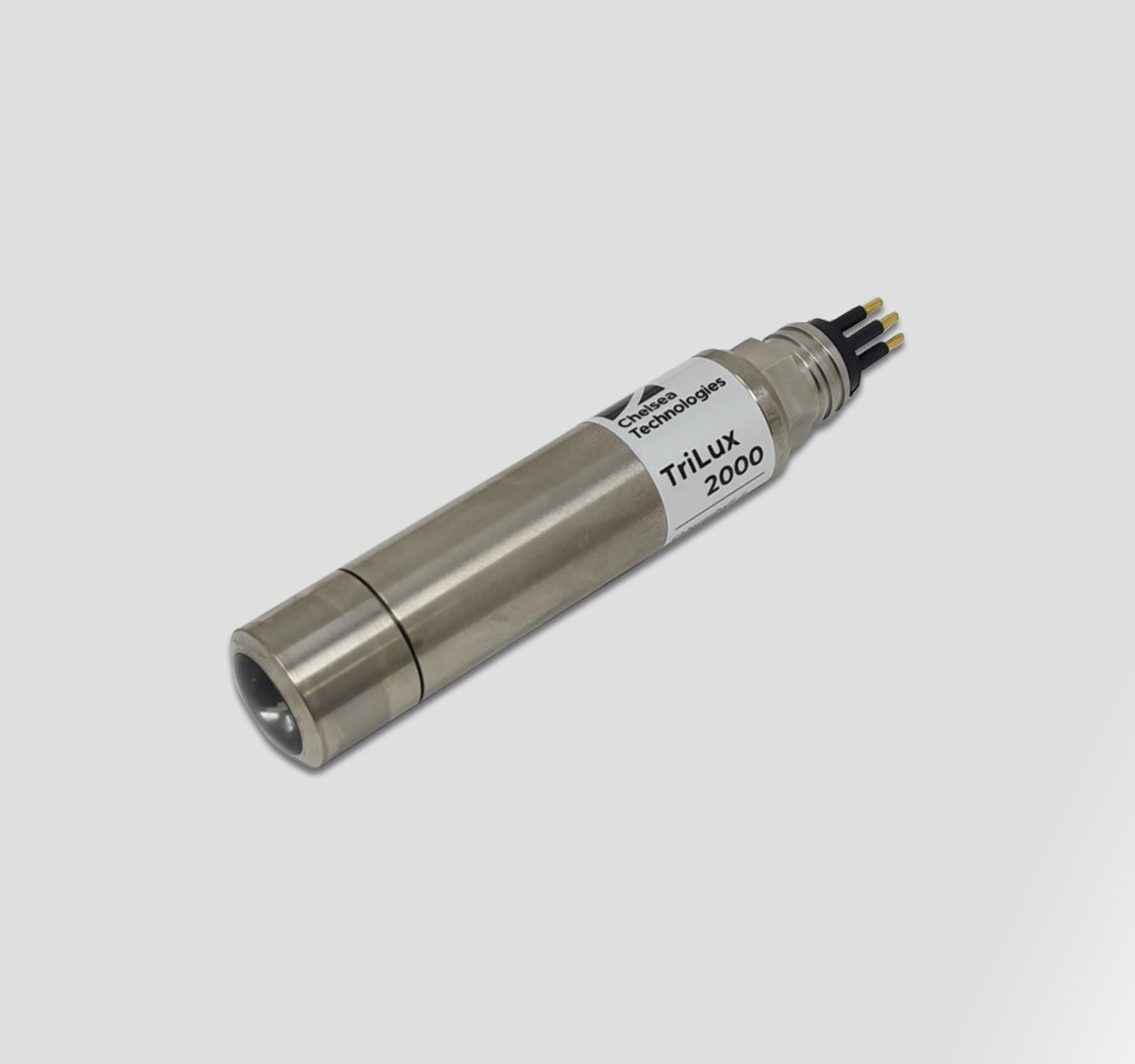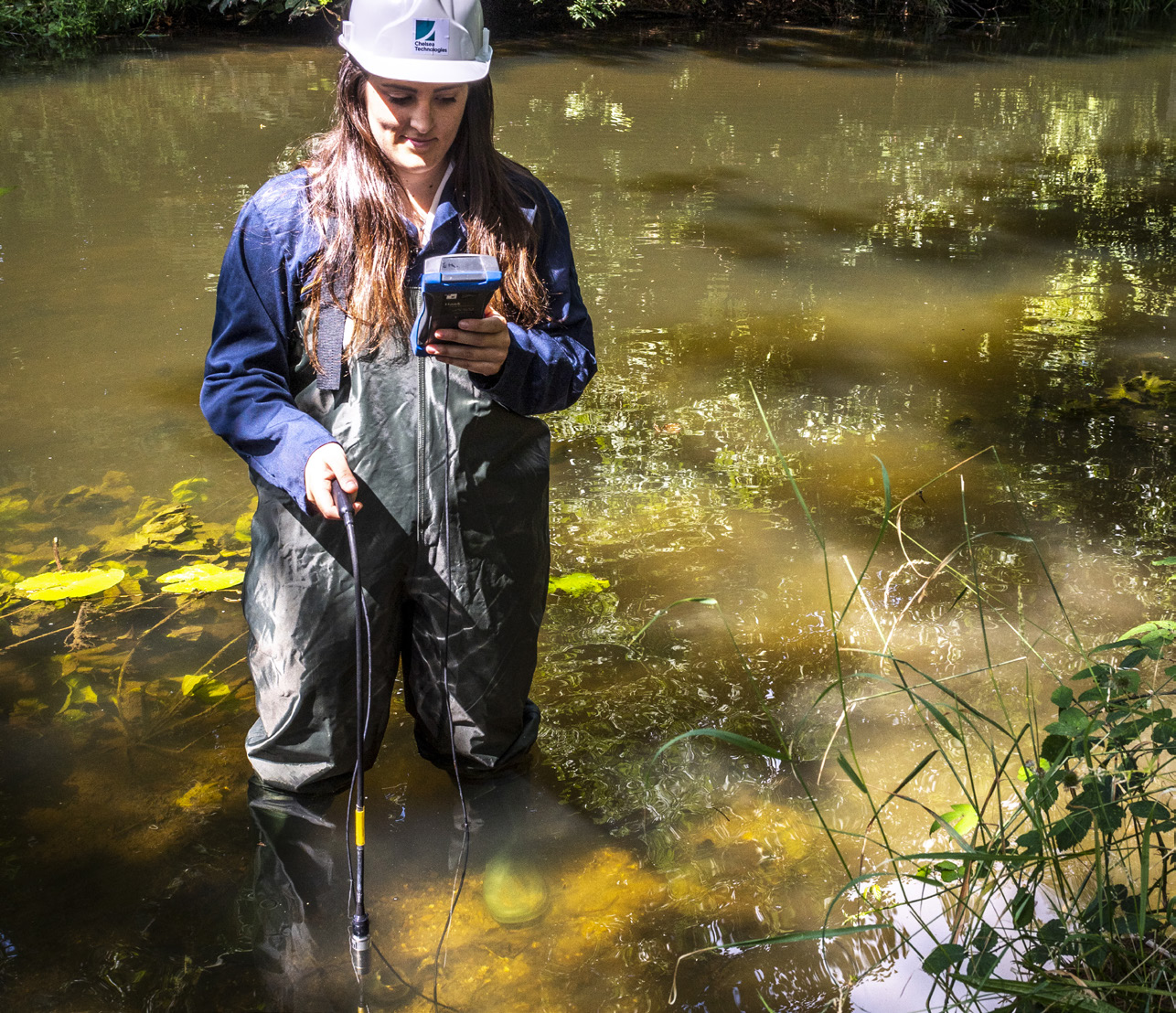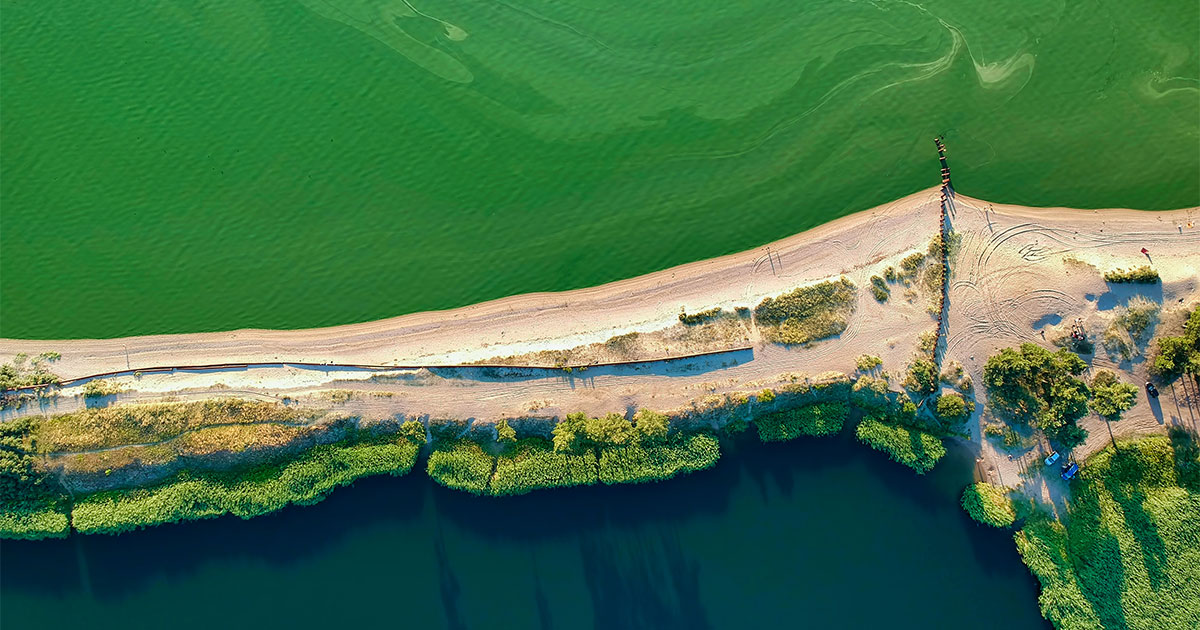Understanding the risks posed by harmful algae is key to protecting water assets and safeguarding aquatic environments. The use of sensing technology is an established method for detecting issues before they arise and gauging the extent of harmful blooms once they occur. In many cases, waters can become battle grounds for problematic algae and cyanobacteria; but now a new weapon is joining the fight.
Bad neighbors, a spanner in the works and the deadly blue green
‘Harmful Algal Blooms’ attract international news media coverage. The causes and effects vary depending on multiple factors such as abiotic components and nutrient levels, but in many cases the impacts are devastating.

(Image credit: Chelsea Technologies)
Algae poses three key threats to water assets and the environment—at least two of which are relatively unknown to the general public:
- Increased algal growth often indicates increased nutrient levels in water systems. High levels of algae in these systems can cause difficulties to co-existing biology; impacting on aquaculture and effecting recreational activities by reducing water quality, for example.
- Increased algae levels directly impact the taste and odor of produced water from treatment plants, and algal concentrations effect the efficiency of water treatment processes. This leads to cost increases for water utilities by requiring more frequent maintenance schedules and adding significant cost to coagulation processes.
- Cyanobacteria, or blue-green algae are of concern due to their potentially toxic nature. The ability to discriminate between algal groups is of benefit in both environmental monitoring and water treatment processing.
The Two-Fold Defense
Here are two things every environmental practitioner, or asset manager should have in their algae playbook:
- As physical processes in natural water systems can produce changes in algae concentration over close spatial proximities, the ability to place several algae sensors within a local network can provide benefits in assessing the location of high algal content waters and identifying suitable locations for water abstraction.
- Real-time algae monitoring helps save costs in remediation and water processing management. The ability to detect algae from very low concentrations, in real time, enables water utilities to understand the source of algal events, and identify where to abstract waters to reduce water treatment plant maintenance and avoid risking financial penalties for poor drinking water quality.
A new weapon
Chelsea’s TriLux multiparameter fluorometer has been a best-in-class algae sensor for a number of years. Key to this success is its ability to distinguish between algae groups and its flexible data outputs, which make TriLux the perfect choice for:
- Small portable monitoring systems designed for in-field operations.
- Fixed stations guarding water inputs into water treatment and processing plants.
- Remote telemetered systems, which can be independently powered and placed in target positions - with all data securely provided to a web portal.
TriLux is now protected by a titanium housing, providing increased ruggedness and significantly increasing its operational depth to 2000 meters.

(Image credit: Chelsea Technologies)
Chelsea have also developed new, state-of-the-art calibration techniques, resulting in increased accuracy and improved sensor to sensor comparability. This provides significant improvements in correlated output from the same water sample and simplifies in-field performance validation.
How can I learn more?
With the new TriLux multiparameter fluorometer, Chelsea offers a cost-effective, scientific-quality algae sensor which, with the benefit of the latest improvements, continues to represent best-in-class performance in many operational monitoring applications. To discuss your algae management project and find out how TriLux can help, get in touch with our highly knowledgeable and experienced team at This email address is being protected from spambots. You need JavaScript enabled to view it.
This feature appeared in Environment, Coastal & Offshore (ECO) Magazine's 2021 Spring edition, to read more access the magazine here.





